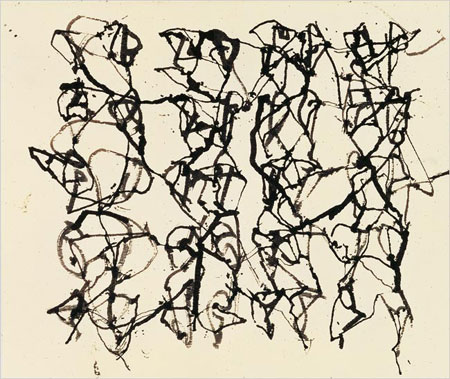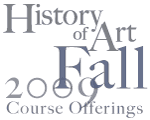694.001
Special Studies in the Art of China:
The 20th century Response to Theories of Artistic Expression in China
T 10:00am - 1:00pm
210 Tappan
3 Credit Seminar

Throughout the 20th century, prominent critics of European and American art reacted keenly to theories of art in China. Roger Fry, Clement Greenberg, Hubert Damisch, Norman Bryson, James Elkins, Hal Foster, and Yve-alain Bois, among others, either marveled at or maligned Chinese ideals of spontaneity, calligraphic brushwork, and sudden "enlightenment." Just this year the Guggenheim held a major exhibition exploring the continuous interaction between American art and Asian ideals and practices from 1850 to the present. Although the exhibition offers rich material for study, it leaves the underlying problem untheorized. This course is designed to provide a critical view of transculturation in modern art, exploring ways to problematize works explicitly engaged with the construction or deconstruction of things interpreted as "Asian." We'll begin with a review of Song theories of art, as these are most often cited by Western modernist writers. Some 17th century material will be covered as well before turning to the work of 20th century critics. Among other concerns, we'll examine the role of internationalism, identity politics, and translingual process in articulations of art theory constructed as "Asian" in modernist discourse. Requirements include participation in class discussion, an oral progress report, and a written term paper. Readings will be available online.

